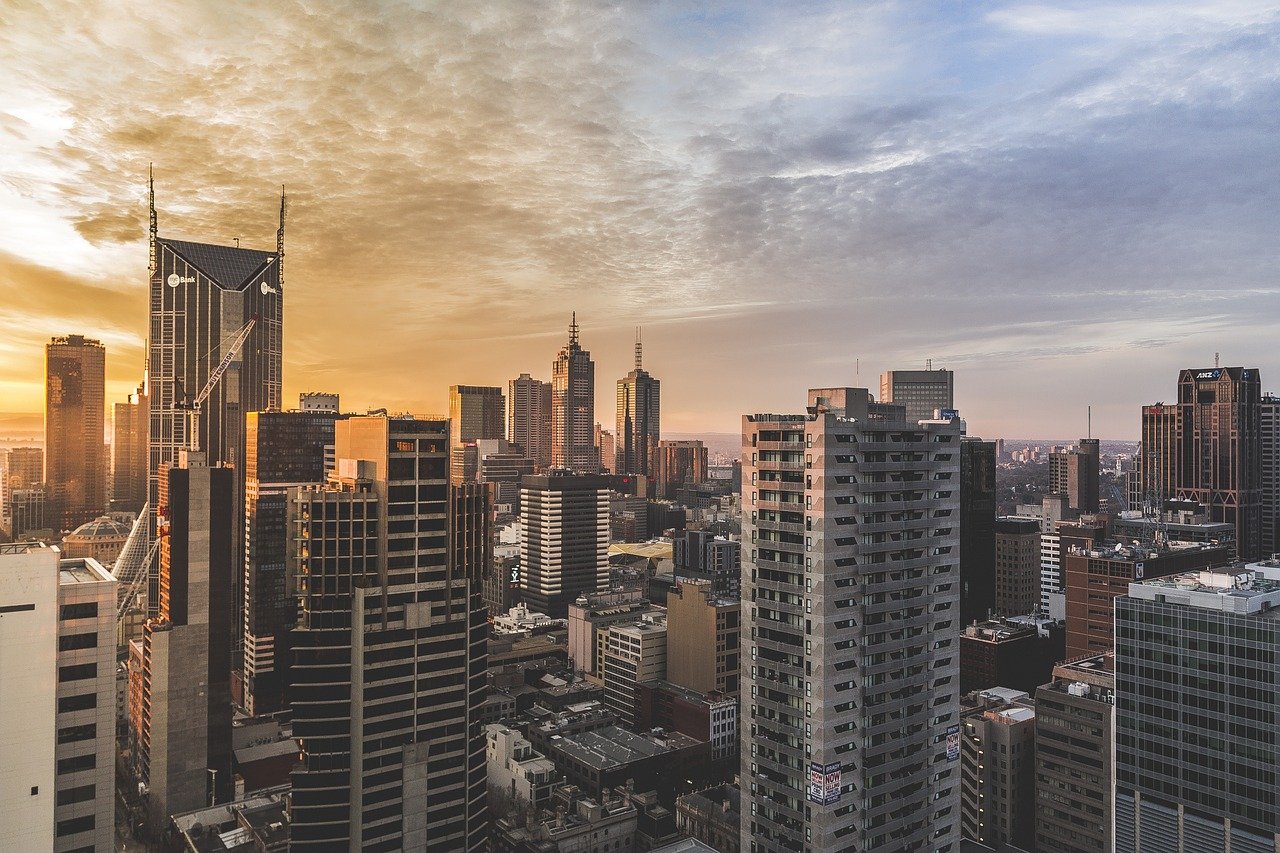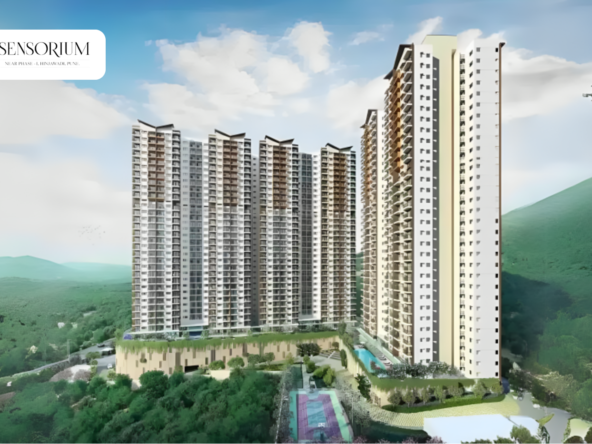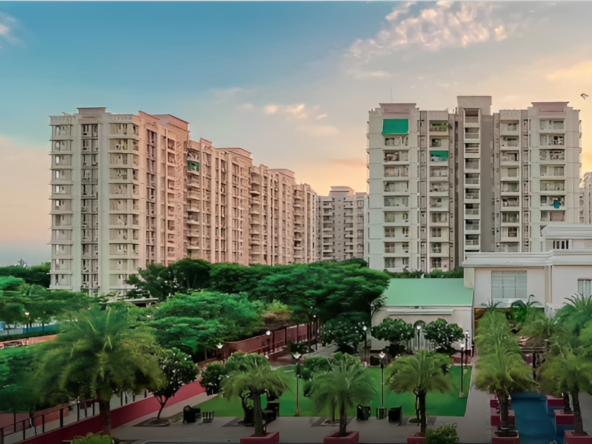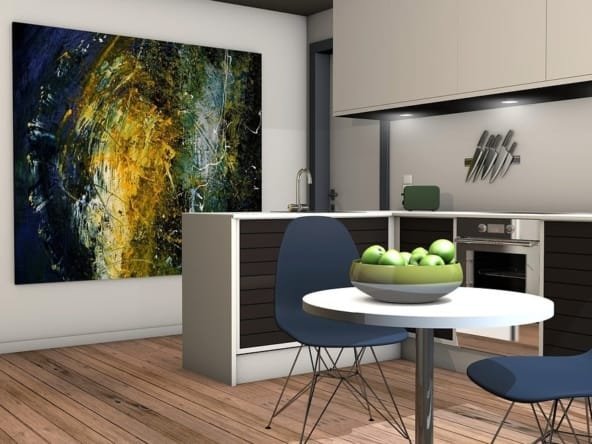Living in tall buildings is common in India, with many cities having high-rise apartments. These buildings come with various amenities, making them attractive for families. The question arises: which floor is best in a high-rise building?
India has excellent builders, and modern homes cater to different styles and preferences. High-rise buildings are popular due to the amenities they offer. So, let’s discuss the pros and cons of living on different floors.
Top Floors:
Living on the top floors provides stunning views and a sense of solitude. The advantages include breathtaking views, privacy, and increased security. However, there are drawbacks like long elevator wait times, higher maintenance costs, fear of heights, and temperature extremes.
Middle Floors:
Residents on the middle floors enjoy balanced views and affordability. Advantages include moderate elevator wait times, accessibility, and safety. Disadvantages may include varying views, less privacy compared to top floors, and some impact from temperature changes.
Ground Floors:
Ground-floor living offers convenience and accessibility, with easy access to amenities. Advantages include outdoor space and community engagement. However, there are limitations like limited views, privacy concerns, and potential noise from street-level activity.
Vastu Considerations:
Vastu Shastra, a traditional Indian architectural system, recommends living on the ground, first, second, and third levels for harmony. Flats above the fourth level may lack water elements, potentially causing relationship issues.
Conclusion:
The choice of floor depends on personal preferences and lifestyle. Top floors offer breathtaking views but may have drawbacks like long elevator wait times. Middle floors strike a balance, while ground floors offer convenience but may lack privacy. Vastu considerations may influence some individuals. In the booming real estate market, companies like the Cosmotown Shelters LLP provide luxury apartments meeting various needs, enhancing overall quality of life.




